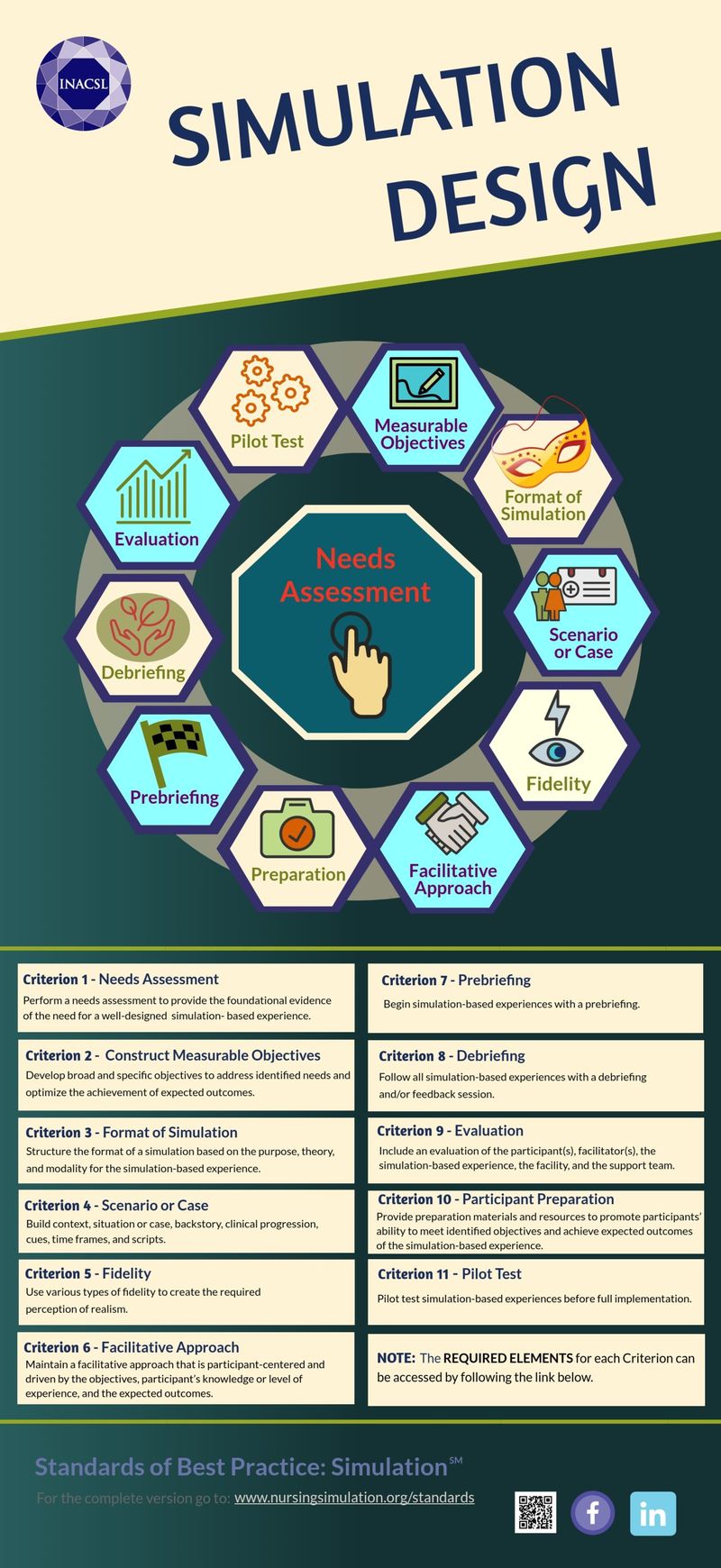e-Learning Ecologies MOOC’s Updates
Update #3 Simulations for Active Learning
According to Kindley, “In traditional asynchronous e-Learning, students tend to be restricted to a predetermined learning path through reading and observation. In simulations, learners select and pursue experiences assembled as they respond to questions and other stimuli.”[1]
In other words, simulations are activities in which learners actively participate in decision making while performing tasks that simulate actual experiences and their environmental context. Learners experience feedback and results based on the real-world outcome of their actions, without suffering real-world consequences.
Recent cognitive research with mice at U.C. Berkely has pointed to the benefits of active learning. Their findings “push us towards greater recognition of how multiple dimensions of learning, particularly active learning, may be sculpting our brains.”[2]
An earlier study, also at Berkely, showed that brief intermittent stressful events prime the brain for learning[3]. While the stress of learning new tasks in real-world situations might induce a persons fight, flight, or freeze response, simulated activities can introduce lower amounts of stress in safe environments where the stakes are not as high.
A Learning Simulation Example
A good example of a high-stakes profession where a simulation can reduce the amount of stress while learning procedures and techniques is a training simulation for first-responders. Here is a link to a video capture of a training simulation for firefighters.
Designing Simulations
Bringing together multimodal resources in a simulation that is effective requires careful planning and design.
Apalska, Brozik, and Rudd define 13 steps in the development of simulations[4]:
- Define the goal of the exercise
- Identify available resources
- Define the use of rewards, randomness and stress
- Determine if the simulation will be winnable
- Determine if there will be individual participants or teams
- Create the environment
- Create the roles for the participants
- Create transactions and rules
- Create an evaluation method
- Play the prototype
- Modify the prototype
- Replay and redesign
- Incorporate debriefing session with participants
Another helpful resource for designing simulations is the International Nursing Assocation for Clinical Simulation and Learning’s (NACSL) standards of best practice for designing simulations. The full document can be found here: https://www.nursingsimulation.org/article/S1876-1399%2816%2930126-8/fulltext
Footnotes
- ^ https://www.elearningguild.com/pdf/2/091702des-h.pdf
- ^ https://www.psychologytoday.com/us/blog/the-athletes-way/201603/how-does-your-brain-learn-through-trial-and-error
- ^ http://news.berkeley.edu/2013/04/16/researchers-find-out-why-some-stress-is-good-for-you/
- ^ https://pdfs.semanticscholar.org/bed5/0f960cf745d049f5b856fa60e99de5e2d72f.pdf



I love someone's submitting. The great to see you truly describe inside terms with all the heart and soul additionally decision with this important make a difference is frequently successfully looked at. Dental Financing
This is very interesting! thank you!
Loving how you created the footnote reference links. I hope you don't mind that I'll likely be copying this format on my next update!